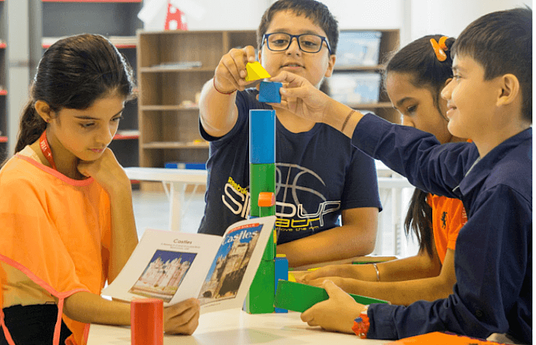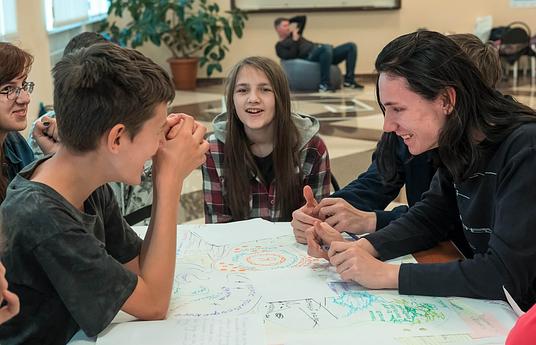The innovation addresses the disconnection between students' learning and real-world issues, particularly in climate education. While students learn these concepts in everyday classes, they often do not apply their knowledge and skills outside the classroom. At the same time, we found that many teachers tend to stick to traditional "chalk and talk" methods, which need intervention.
The innovation is highly interactive and hands-on, where students work in newly built greenhouses to plant agricultural food crops for the community, while simultaneously setting up worm farms to break down food waste generated by the community. This project incorporates play-based learning across kindergarten and primary levels and aims to promote engagement and excitement among students. Furthermore, students modify their projects based on challenges they encounter, particularly in managing the amount of water and sunlight needed for the plants in the greenhouses, as well as sustaining the growth of worms in the worm farms. The thorough incorporation of inquiry-based learning enhances students' critical thinking and creative problem-solving skills in the project.
The project is a whole-school initiative that has now been implemented across Australia. It enables transformative and positive changes to the teaching and learning framework, as well as greater involvement from the school community. Most importantly, strong buy-in from teachers, students, and the wider community has facilitated positive word-of-mouth promotion, helping to sustain the project in the long term. We are also currently working with partner schools and organizations to expand the project globally.
Start by implementing the project-based learning framework and ensure the involvement of school leaders, teachers, students, and the wider community. Discussions with the school community about what the project entails and how it can be implemented will help ensure the project's long-term sustainability and a clear understanding of its various aspects.



